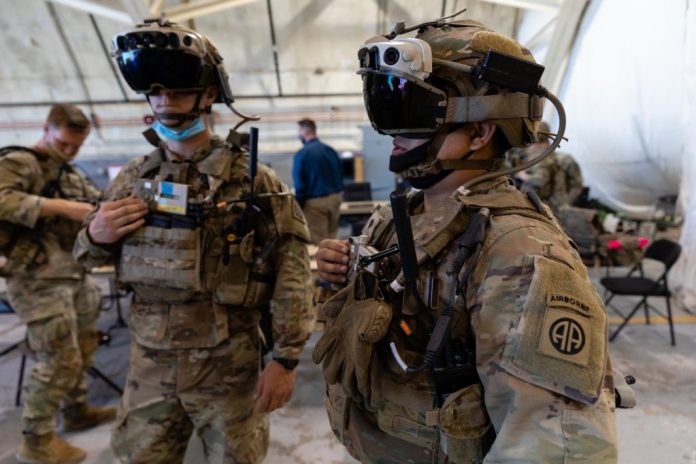It seems the $22bn was not upfront, no matter what, payment. Instead, it is an incremental project where the U.S. Army would pay that amount if all goes well. As all is not reportedly going well, the military is already looking to reduce the amount it will pay. Specifically, the Department of Defense is already considering putting $394 million of the contract “on hold”. A new report from The Register suggests it was never likely the contract would reach the full $22bn ceilings. It seems that figure was a headline grabber and the $22bn number was an estimate for all possible positive outcomes. The report says Microsoft is more likely to make less than half the claimed amount. Sure, half of $22bn is still a lot of money, but it is clear the project is quickly becoming troublesome for Microsoft and the army.
Growing Frustration
Last year, Microsoft expanded its partnership to stock the US Army with HoloLens 2 and help develop new technology. Known as the Integrated Visual Augmentation System (IVAS), the tech w ill leverage location data from soldiers over a tactical range to provide visualizations of where other soldiers in a squadron are. This will be valuable in low-visibility situations such as in smoke, sandstorms, or jungle. It is unclear if the technology is just not there yet for what the U.S. Army expects to do with it, or whether specific issues with HoloLens are the problem. Either way, it seems Microsoft will not be getting the full $22bn. Tip of the day: Windows Update downloads can often be frustrating because they are several gigabytes in size and can slow down your internet connection. That means your device may work with reduced performance while the update is downloading. In our guide, we show you how to limit bandwidth for Windows Update downloads, so they won’t bother you again.




